Join us for conversations that inspire, recognize, and encourage innovation and best practices in the education profession.
Available on Apple Podcasts, Spotify, Google Podcasts, and more.

The pink area shows the lands of the Quiché Mayans.
© 2010 Map Resources, All rights reserved.
Amidst the Spanish names for countries, cities, and regions on this map, you can see traces of the original Mayan inhabitants—the cities of Izapan, Copán, and Chichén Itzá. The shaded area is the land of the Quiché Mayans, the people who wrote and kept the Council Book, Popol Vuh. While the Spanish incorporated all of Mexico and Central America into one vast colony, the Quiché Mayans preserved their culture and language, and now share their great creation story with the world.
This timeline shows both the history of the Mayan story of creation and the history of Mayan politics and religion that influenced that story.
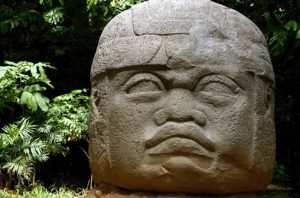
Olmec civilization flowers in the region that would later become Mayan.
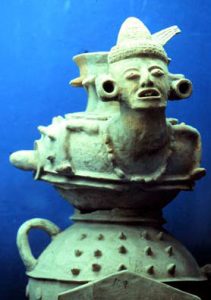
The Izapan culture thrives in the heart of future Mayan lands, and may have directly influenced the development of the Mayans.
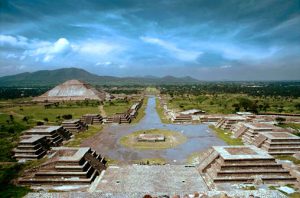
The Early Classic Period of Mayan civilization. Hieroglyphic texts are sculpted in stone and stucco, painted onto pottery, and written on strips of paper folded to form books. The great city of Teotihuacan dominates the central Mexican highlands and establishes trade with the lowland Mayan cities, like Tikal.
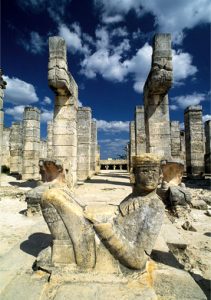
The Late Classic Period of Mayan civilization. Teotihuacan falls and lowland city-states rise, including Chichén Itzá and Copán.
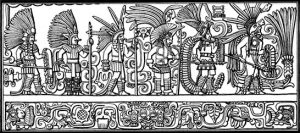
The power of the large city-states shrinks, as warfare and overpopulation weaken the Mayans. Most of the Mayan population is in two regions, in northern Yucatán (Atlantic coast) and the southern highlands (Pacific coast)
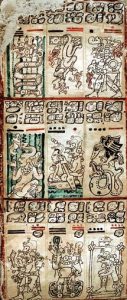
The Late Postclassic Period of Mayan civilization. The rise of the kingdom of Mayapán in the north and Quiché in the south, as the last great Mayan city-states. Writing is now not carved as often; it is mostly written on paper and plastered walls.
The first Spaniard to discover the Mayans is a sailor washed ashore who joins the group he meets, leaving his European identity behind. This event marks the end of Mayan Empire.
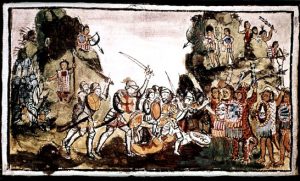
The Spanish, under Cortes and then his lieutenant Pedro de Alvarado, explore the northern Mayan kingdom and eventually conquer it. The Spanish introduce a program to wipe out Mayan culture that continues in varied ways to the present day.
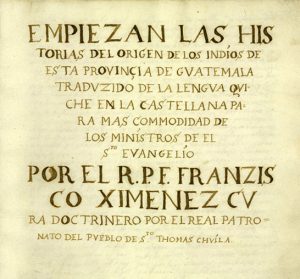
A Spanish priest, Father Ximénez, transcribes and translates the Quiché version of Popol Vuh in a document that has Spanish in one column and Quiché in another.
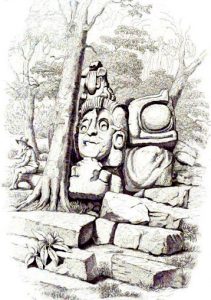
The American diplomat and lawyer John Lloyd Stephens and the English topographical artist Frederick Catherwood begin a series of explorations of Mayan regions. They publish their findings, including the ruins of Tikal, and the glory of Mayan civilization is first made known to the world at large.
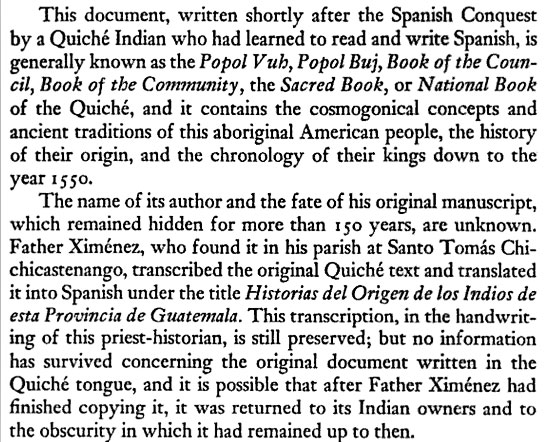
Adrián Recinos rediscovers Ximénez’s manuscript and has it published, rescuing it from obscurity.
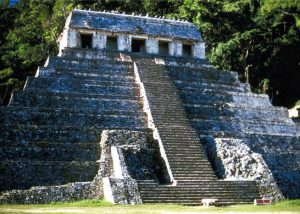
Mexican archaeologist Alberto Ruz discovers the tomb of a Mayan priest-king, Pacal, at Palenque in southern Mexico. It is the first tomb found inside a Mayan pyramid.
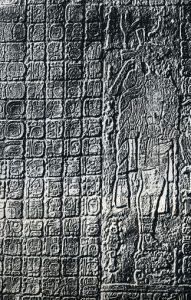
The first Mayan hieroglyphs are catalogued. Looting of Mayan sites becomes almost uncontrollable.
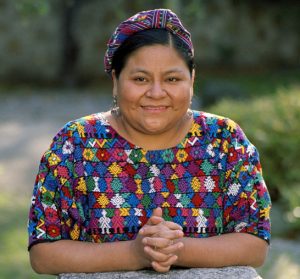
Rigoberta Menchu, a Quiché woman from Guatemala, wins the Nobel Peace Prize for her autobiography, in which she describes the cultural struggles of the Maya and the political problems and civil warfare of Guatemala under repressive regimes during the 1970s and 1980s.